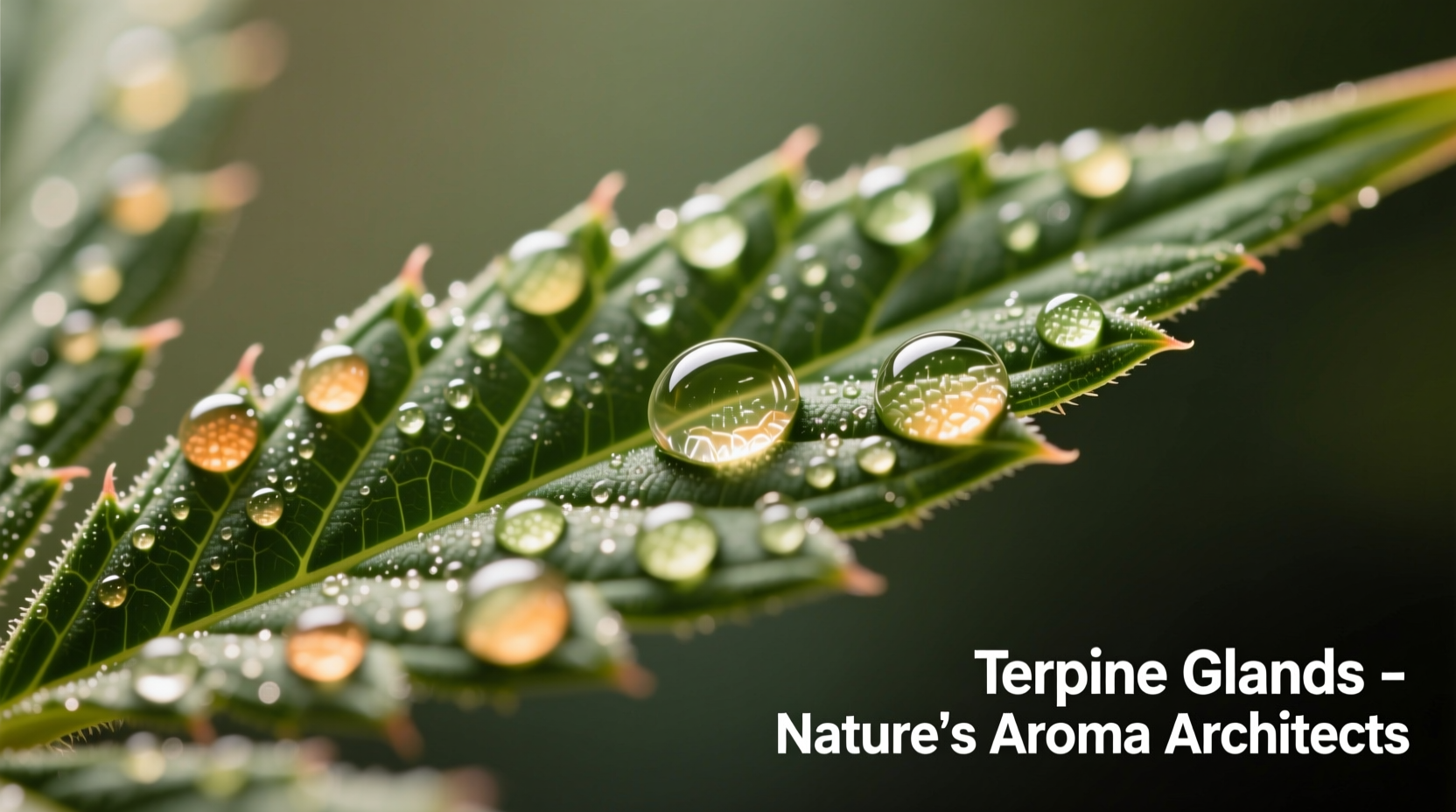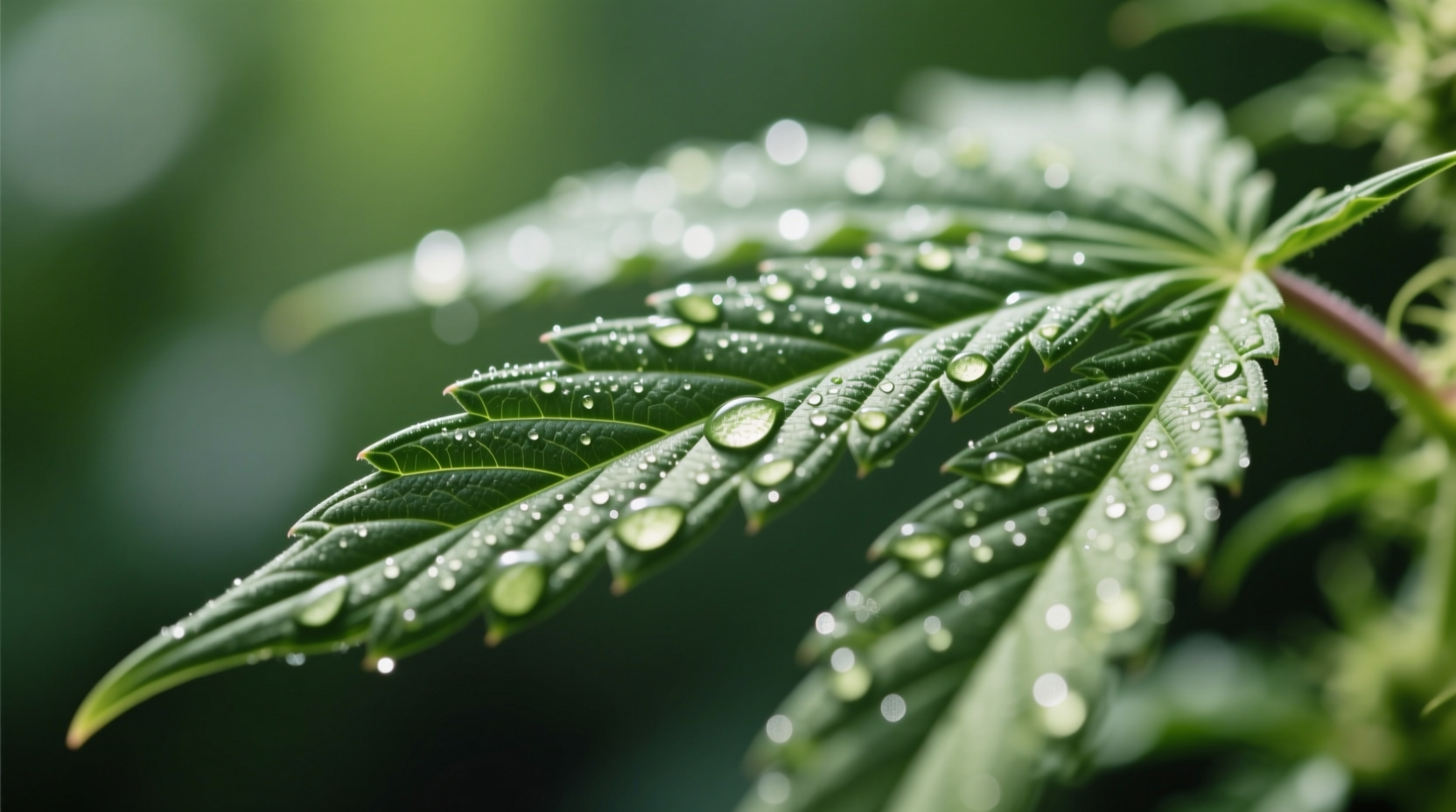Understanding Cannabis Flavor Profiles: What to Expect When You Consume
When exploring cannabis for the first time or seeking to understand its sensory characteristics, the taste experience is often one of the most immediate aspects you'll notice. Unlike many substances, cannabis offers a complex flavor profile influenced by numerous factors that create a distinctive sensory experience.How Consumption Method Shapes Your Taste Experience
The way you consume cannabis dramatically affects what you taste. Each method delivers different flavor compounds and intensities:
| Consumption Method | Taste Characteristics | Flavor Intensity |
|---|---|---|
| Smoking (flower) | Earthy, herbal, with terpene-specific notes (citrus, pine, skunk) | High - immediate flavor impact |
| Vaping (dry herb) | Cleaner, more nuanced terpene expression, less combustion taste | Moderate to High - depends on temperature |
| Edibles | Grassy or herbal undertones beneath added flavors | Low to Moderate - often masked by food ingredients |
| Tinctures/Oils | Earthy, chlorophyll-like, sometimes peppery | Moderate - depends on carrier oil |
Strain Genetics: The Flavor Blueprint
Cannabis strains contain unique combinations of terpenes—the aromatic compounds also found in fruits, herbs, and flowers—that create distinctive flavor profiles. These natural compounds evolved to protect the plant while attracting beneficial insects.
According to research published in Frontiers in Plant Science, over 200 terpenes have been identified in cannabis, with myrcene, limonene, and caryophyllene being among the most prevalent. These compounds work synergistically with cannabinoids in what researchers call the "entourage effect," potentially influencing both flavor and effects.

Terpene Flavor Guide: Common Taste Descriptors
Professional cannabis sensory analysts use specific terminology to describe flavor profiles. Understanding these terms helps set realistic expectations:
- Earthy/Soil-like: Often described as "damp forest floor" or "freshly turned soil" - common in indica strains
- Citrus: Ranging from lemon and lime to orange and grapefruit - associated with limonene
- Pine/Terpenic: Sharp, resinous notes reminiscent of pine needles or cleaning products
- Skunky: Pungent, sulfur-like aroma similar to skunk spray or old cheese
- Sweet/Floral: Honeysuckle, lavender, or tropical fruit notes
- Peppery/Spicy: Black pepper, cinnamon, or clove-like sensations
How Freshness Affects Taste: The Degradation Timeline
Cannabis flavor evolves significantly after harvest. Understanding this timeline helps identify quality issues:
- 0-2 weeks post-harvest (curing phase): Chlorophyll breaks down, reducing harsh "green" or grassy notes
- 2-8 weeks (optimal curing): Terpenes fully develop, creating complex flavor profiles
- 2-6 months (properly stored): Flavor remains vibrant but may mellow slightly
- 6+ months (improper storage): Terpenes degrade, leading to musty, stale, or hay-like flavors
- Excessive moisture: Develops mold with musty, damp basement-like odors
The Agricultural Marketing Service of the USDA notes that proper storage at 59-63°F with 55-62% relative humidity preserves terpene profiles most effectively. Exposure to light, heat, and oxygen accelerates flavor degradation.
What Unusual Tastes Might Indicate
While cannabis has distinctive flavors, certain tastes may signal quality or safety concerns:
- Chemical/plastic taste: May indicate residual solvents from improper extraction (relevant for concentrates)
- Ammonia-like odor: Suggests improper curing with excess moisture
- Moldy/musty flavor: Indicates potential mold growth - discontinue use immediately
- Excessively harsh smoke: Could mean poor quality or improper drying
The California Department of Public Health emphasizes that consumers should avoid products with chemical tastes or mold indicators, as these may pose health risks beyond the expected cannabis experience.
Setting Realistic Expectations for First-Time Consumers
If you're trying cannabis for the first time, understanding what to expect can reduce anxiety and enhance your experience:
- Initial puffs often taste more herbal and earthy than subsequent ones
- Throat sensation ranges from smooth to slightly scratchy depending on strain and method
- Flavor lingers differently based on consumption method (shorter with smoking, longer with edibles)
- Individual physiology affects taste perception - some people are "supertasters" more sensitive to certain compounds
Professional sensory evaluators at accredited cannabis testing laboratories undergo rigorous training to identify subtle flavor differences, recognizing that personal taste preferences are highly subjective yet follow recognizable patterns based on chemical composition.
Developing Your Cannabis Palate
Like wine or coffee connoisseurship, cannabis tasting can become a refined skill. Start by focusing on primary flavor notes before identifying subtler elements. Keep a tasting journal noting:
- Strain name and type (indica, sativa, hybrid)
- Primary flavor impressions
- Secondary notes that emerge
- Aftertaste characteristics
- How flavor correlates with effects
This practice helps build your sensory vocabulary and understand how different terpene profiles influence your overall experience.











 浙公网安备
33010002000092号
浙公网安备
33010002000092号 浙B2-20120091-4
浙B2-20120091-4